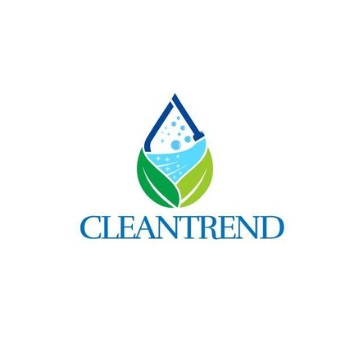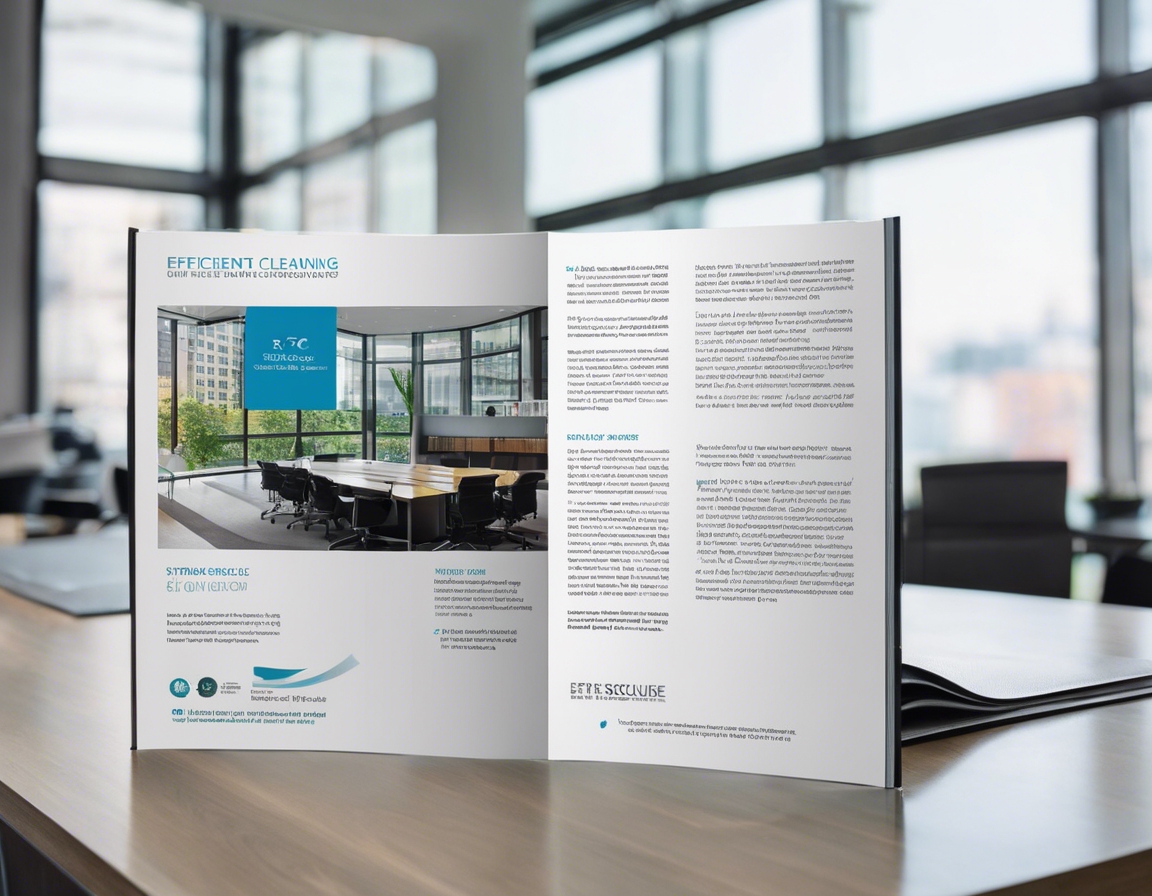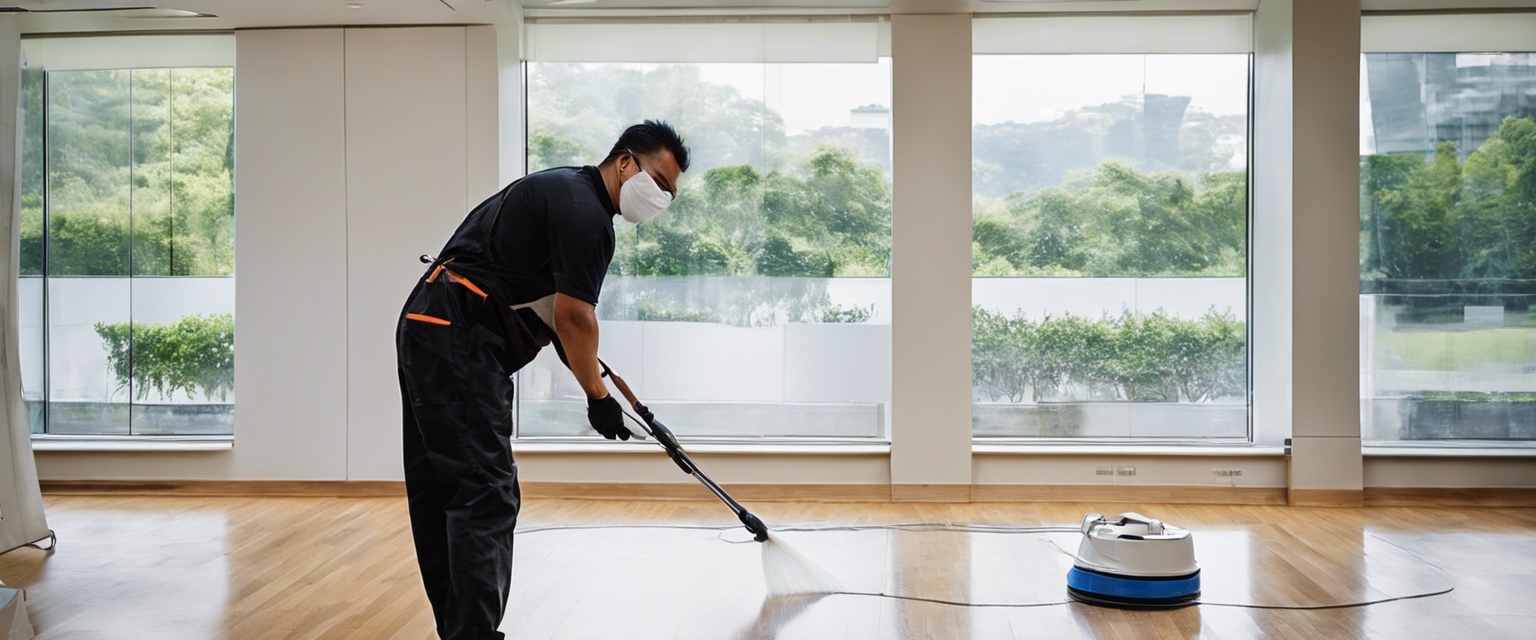Eco-friendly cleaning: a sustainable choice
In today's world, businesses are increasingly recognizing the importance of sustainability and environmental responsibility. Eco-friendly cleaning is a crucial aspect of this movement, offering a way to maintain cleanliness while minimizing environmental impact. This approach not only benefits the planet but also enhances the health and safety of employees and customers.
The Importance of Eco-Friendly Cleaning for Businesses
Eco-friendly cleaning significantly reduces the release of harmful chemicals into the environment. By using biodegradable and non-toxic cleaning products, businesses can decrease pollution and contribute to a healthier ecosystem. This approach also supports biodiversity by protecting water sources and soil from contamination.
Traditional cleaning products often contain harsh chemicals that can pose health risks to employees and customers. Eco-friendly alternatives are designed to be safer, reducing the likelihood of allergic reactions, respiratory issues, and skin irritations. This creates a healthier workplace environment, leading to increased productivity and employee satisfaction.
Key Components of Eco-Friendly Cleaning
Green cleaning products are made from natural, renewable resources and are free from synthetic chemicals. They are effective in cleaning and disinfecting while being gentle on the environment. Businesses should look for certifications such as Green Seal or EcoLogo to ensure the products meet high environmental standards.
Implementing sustainable cleaning practices involves using methods that reduce resource consumption. This includes using microfiber cloths that require less water and chemicals, employing energy-efficient cleaning equipment, and scheduling cleaning tasks to optimize energy use.
Eco-friendly cleaning also involves minimizing waste through recycling and proper disposal of cleaning materials. Businesses can implement recycling programs for packaging and encourage the use of reusable cleaning tools to reduce landfill contributions.
Implementing Eco-Friendly Cleaning in Your Business
The first step in transitioning to eco-friendly cleaning is to evaluate existing practices. Identify areas where improvements can be made, such as replacing harmful products with green alternatives or optimizing cleaning schedules to reduce energy use.
Successful implementation requires educating staff about the benefits and techniques of eco-friendly cleaning. Training programs should cover the use of green products, sustainable practices, and the importance of waste reduction. Engaging employees in the process fosters a culture of sustainability within the organization.
Regular monitoring of cleaning practices ensures that eco-friendly measures are being followed and allows for adjustments as needed. Businesses should set measurable goals and track progress to continually improve their sustainability efforts.
Overcoming Challenges in Eco-Friendly Cleaning
While eco-friendly products may have a higher upfront cost, they often lead to long-term savings through reduced resource consumption and improved employee health. Businesses should consider the total cost of ownership when evaluating eco-friendly options.
Transitioning to eco-friendly cleaning may face resistance from staff accustomed to traditional methods. Clear communication about the benefits and providing adequate training can help overcome this challenge and encourage buy-in from all employees.
Businesses must ensure that their eco-friendly cleaning practices comply with industry regulations and standards. Staying informed about relevant guidelines and working with certified products and services can help maintain compliance and avoid potential legal issues.








Comments (0)